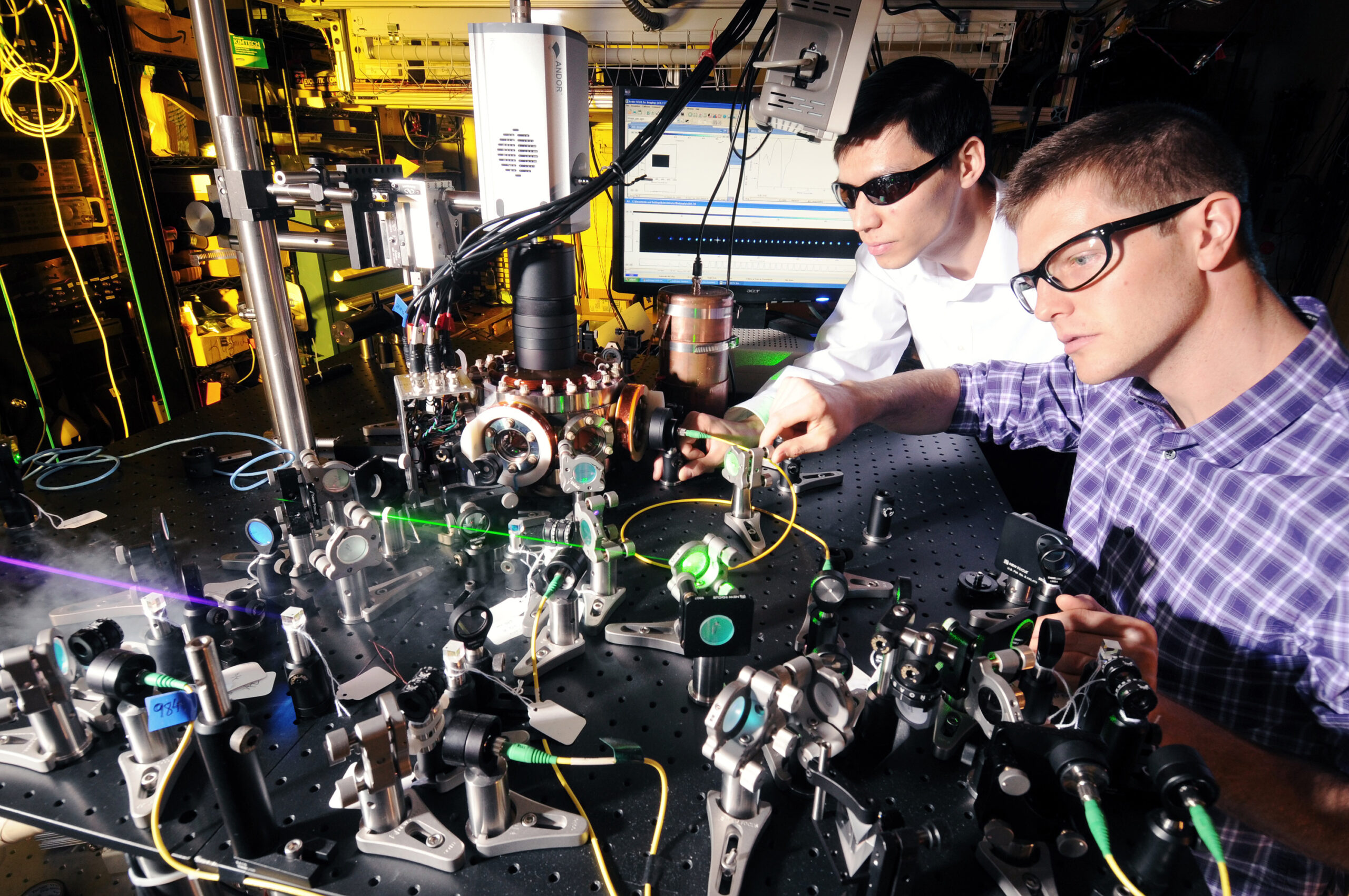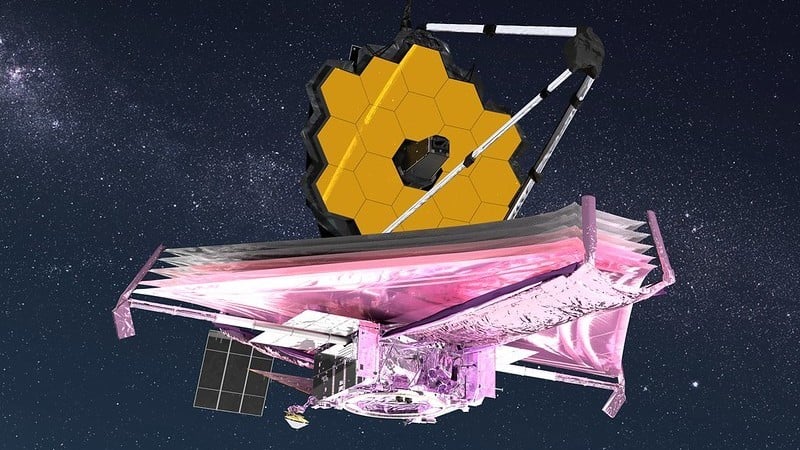By designing a blueprint for a nuclear clock, Georgia Tech researchers think they’ve found a better way to measure time.
Atomic clocks are the most precise clocks now in use. But researchers say atomic clocks fall out of sync with each other, even if it’s by four seconds over 14 billion years. Nuclear clocks, on the other hand, would get out of sync by a fraction of that.
So why is being more precise important?
Corey Campbell, a research scientist who works on the project, says a nuclear clock would lead to better synchronized satellites and GPS systems. Things like measuring the movement of the Earth’s crust and transmitting information across the globe would be easier.
Campbell says possibilities abound for the scientific community.
“If you build a better clock, somebody somewhere, many people in many places are going to find very interesting and useful applications for it,” he says.
Here’s how the clock would work: If you remember from your high school physics class, all matter is made of atoms. Particles called electrons orbit each atom, and inside there’s a nucleus with protons and neutrons.
Atomic clocks require shooting a laser at an atom. This causes the electrons orbiting the atom to oscillate, or move back and forth. These movements can be measured and translated into units of time.
When we talk about a nuclear clock, it requires the same thing, but scientists want to make a neutron oscillate instead. The overall idea is that the neutron is less likely to be sidetracked by outside forces since it’s within the nucleus. Because of that, it could be more accurate for measuring time.
Campbell says one type of Thorium atom fits the bill for a nuclear clock since it doesn’t take a lot of energy to excite it. The downside: Finding the perfect amount of laser energy.
“The challenge right now is to find out where [the correct laser frequency] is,” Campbell says. “It’s a needle in a million haystacks.”
The team’s findings are published in the journal Physical Review Letters.
9(MDAxODM0MDY4MDEyMTY4NDA3MzI3YjkzMw004))







